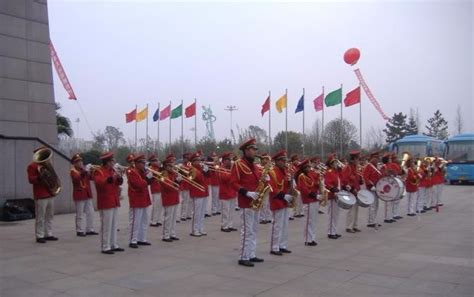Exploring the Therapeutic Effects of SlowtoFast Tempo Progression in Pure Music

Music has long been recognized as a powerful medium for eliciting emotional responses and influencing mood. Among the various elements that contribute to the emotional impact of music, tempo plays a significant role. Tempo refers to the speed at which a piece of music is played, and it can range from very slow to very fast.
In recent years, there has been growing interest in the therapeutic potential of music, particularly in the context of mood regulation and stress management. One area of research that has garnered attention is the use of music with a slowtofast tempo progression, also known as "tempo ramping," and its effects on listeners.
Before delving into the therapeutic aspects of tempo progression in music, it's essential to understand how tempo influences emotional response. Generally, slower tempos are associated with feelings of calmness, relaxation, and introspection, while faster tempos are linked to excitement, energy, and arousal.
However, the relationship between tempo and emotional response is not entirely straightforward. Factors such as individual differences, cultural background, and personal experiences can modulate how people perceive and respond to music. Additionally, the context in which the music is experienced also plays a crucial role. For example, a slowtempo piece might evoke feelings of sadness or melancholy in one setting but promote relaxation and tranquility in another.
Tempo progression involves transitioning gradually from one tempo to another within a musical composition. This technique can be employed to create a dynamic and engaging listening experience, guiding the listener through different emotional states and moods.
When it comes to therapeutic applications, tempo progression offers a unique opportunity to modulate the listener's emotional state deliberately. By starting with a slow tempo and gradually increasing the pace, music can accompany individuals on a journey from relaxation to arousal, mirroring the natural ebb and flow of emotional experiences.
The therapeutic effects of slowtofast tempo progression in music are multifaceted and can have a profound impact on mental wellbeing. Some potential benefits include:
Integrating slowtofast tempo progression into therapeutic interventions and everyday listening routines can be beneficial for individuals seeking to manage stress, regulate mood, and enhance wellbeing. Here are some practical recommendations:
- Music Therapy: Music therapists can incorporate tempo progression into their sessions to tailor interventions to the specific needs and goals of clients. By selecting music with a gradual tempo increase, therapists can guide clients through relaxation exercises, emotional expression, and cognitive restructuring.
- Personal Listening Practices: Individuals can create playlists or select albums that feature slowtofast tempo progression for personal listening enjoyment and relaxation. Experimenting with different genres and musical styles can help discover which tempos resonate most effectively.
- Exercise and Physical Activity: Incorporating music with tempo progression into exercise routines can enhance motivation, endurance, and enjoyment. Starting with slower tempos for warmup and gradually increasing the pace during the workout can optimize performance and physiological responses.
- Mindfulness and Meditation: Slowtofast tempo progression can be integrated into mindfulness practices and meditation sessions to facilitate relaxation, focus, and emotional regulation. Using music as a meditative anchor can deepen the meditative experience and promote presentmoment awareness.
In conclusion, the therapeutic effects of slowtofast tempo progression in pure music offer a promising avenue for promoting mental wellbeing and emotional resilience. By leveraging the dynamic interplay of tempo and emotional response, individuals can harness the power of music to cultivate relaxation, enhance mood, and foster personal growth.

